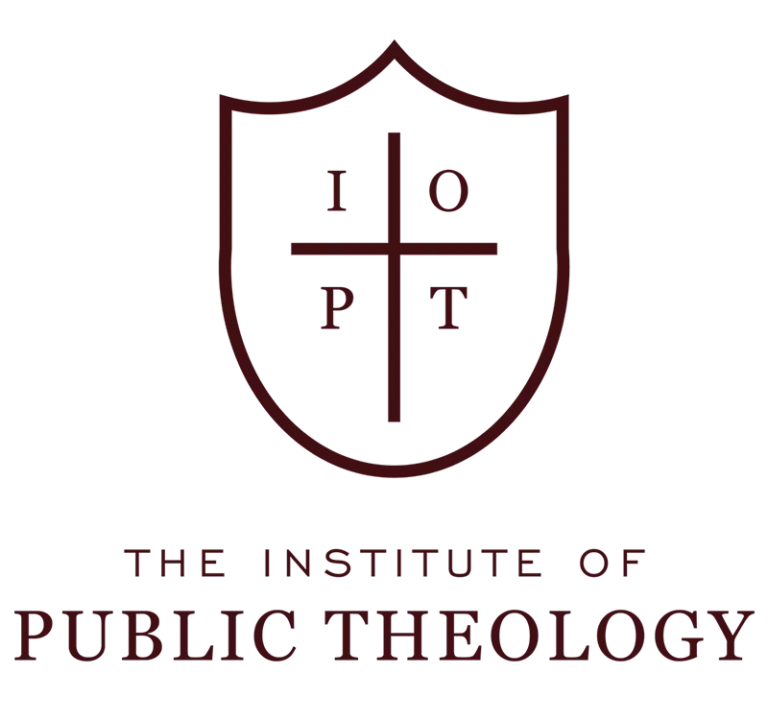Menu
Close
- Teaching
Teaching BY TYPE
Teaching BY Author
- Conferences
Previous Events
- 2024: Family Life in the Negative World (Coming Soon)
- 2024: Remember Jesus Christ
- 2023: What Is Man?
- 2022: Militant & Triumphant
- 2021: The Only God
- 2021: Be It Resolved SBC Event
- 2019: The Gospel and Justice
- 2019: The Law and Gospel
- Store
Shop by Category
Shop BY Author
- Education
- About
Close
- Teaching
Teaching BY TYPE
Teaching BY Author
- Conferences
Previous Events
- 2024: Family Life in the Negative World (Coming Soon)
- 2024: Remember Jesus Christ
- 2023: What Is Man?
- 2022: Militant & Triumphant
- 2021: The Only God
- 2021: Be It Resolved SBC Event
- 2019: The Gospel and Justice
- 2019: The Law and Gospel
- Store
Shop by Category
Shop BY Author
- Education
- About
















